Chris Meyer - The Solution to Condensation is Here! - PODCAST TRANSCRIPT
May 5, 2025 at 1:00 p.m.Editor's note: The following is the transcript of a live interview with Chris Meyer, director of low slope roofing at VaproShield. You can read the interview below or listen to the podcast.
Intro: Welcome to Roofing Road Trips, the podcast that takes you on a thrilling journey across the world of roofing. From fascinating interviews with roofing experts to on-the-road adventures, we'll uncover the stories, innovations, and challenges that shape the rooftops over our heads. So fasten your seatbelts and join us as we embark on this exciting Roofing Road Trip.
Hello everyone. My name is Megan Ellsworth, here at rooferscoffeeshop.com, and you are listening to a Roofing Road Trip. I am really excited to talk about permeable air and water membrane and just condensation today with my friend Chris Meyer from VaproShield. So, hello friend. How are you?
Chris Meyer: I'm great, Megan. Great to be on here with you. Obviously, love RoofersCoffeeShop, everything you guys are doing. So yeah, pleasure to be here.
Megan Ellsworth: So let's just dive right in and have you introduce yourself and tell us a little bit about VaproShield.
Chris Meyer: Yeah, so my name is Chris Meyer. I'm the director of Low-Slope Roofing for VaproShield. Basically heading up that segment for the company. VaproShield has been in business since the early 2000s, a little over 20 years, mainly in wall building envelope products. So they were one of the first ones to bring permeable air barriers to the wall market.
Obviously that business has done well for them and around 2019 started experimenting with the idea of getting into roofing, experienced some success in the steep slope segment of the market, and obviously now starting, I would say, last year, really a strategic focus of breaking into and bringing newer technology to the commercial roofing space.
Megan Ellsworth: Yeah, absolutely. I think it's so important right now with different weather and crazy things happening to bring new solutions to the table for all types of roofing. Okay, so condensation is a problem all roofs face. Can you tell us a little bit about what causes it and how it makes its way into the roofing assembly?
Chris Meyer: Yeah, so kind of backing up just to kind of set the stage, so predominantly when we think of moisture getting into a roof, majority of people's focus go to a leak, whether-
Megan Ellsworth: Great.
Chris Meyer: ... it's your wear and tear on a membrane that's maybe older. Maybe you have cold welds and a seam's open. Maybe you have your friendly HVAC guy up there storing his tools in the roof. Whatever that failure mode might be, that's typically how we assess it, and that is definitely one of the leading causes of moisture intrusion.
The one that we don't think about as much outside of the high internal humidity environments is moisture from the inside of a building, especially during nighttime cooling or during your colder winter months outside of climate zone seven and eight, which really there were, I want to say, upwards of 30 different articles from ARMA, from Mid-States, from SPRI all published just last year around this of moisture-laden air migrating upward into the roof system, whether that's through the deck to wall joints, whether that's gaps around penetrations or whether that's just traveling the channels that you see naturally occurring because our insulation boards are only four by eight or four by four.
Megan Ellsworth: Right.
Chris Meyer: And obviously, depending on the roof system design, whether it's mechanically attached induction weld adhered, those all... all those things can act differently. But essentially, the main thing that we've seen, especially from the contractor and consultant segment, but also seen just from building science, is that main vehicle that's really transporting that moisture up into the roof is your air movement.
And that can happen from a variety of different highly technical reasons, whether it's pressure differential, temperature differential, all these different things. The one I tend to lean on the most is negative air pressure, so wind uplift. Obviously, that's one of the principal concerns in roofing [inaudible 00:04:07]-
Megan Ellsworth: Yeah.
Chris Meyer: ... roof system's designed. And we-
Megan Ellsworth: Absolutely.
Chris Meyer: ... think about it in that way, but we don't think that when that negative pressure is going over a roof, it is actually creating a vacuum sucking that internal air up into the roof. So during those nighttime conditions or colder months, that moisture-laden air is going to come into contact with some of those cold surfaces in the roof system. It is going to condense and it's going to become liquid moisture. So those are kind of the main reasons.
There was even a quiz last year from Construction Specifier, and one of the questions really broke down in colder climates that they assigned was basically the ASHRAE zones four through eight, what the primary cause of internal dripping that was often mistaken for a roof leak. So obviously, they're talking about false leaks, and the answer that they had selected was ice or moisture buildup due to condensation in the roof assembly.
Megan Ellsworth: There you go. Wow. And the negative pressure or the air coming in, that is such an important thing to be aware of. So what happens when this condensation makes its way in to a roofing system and goes unaddressed?
Chris Meyer: So, moisture buildup and condensation in a roof can have a lot of different effects, but kind of one that's getting a lot of attention is we're focused on resiliency of roofing systems is really the material degradation. So, God forbid you have an adhesive that could become re-emulsified, which obviously that can cause some issues, but you're also introducing products that aren't meant to be wet into a wet condition.
So it's going to degrade your insulation, possibly your fasteners, plates, other parts of the roof system. But one of the other ones that really seems to matter the most to building owners is really the new information that's being published around the loss of R-value, where, from different publications, it basically ranges from anywhere from 20 to 40%, where it basically decreases the integrity of your insulation. So, for an end user, that's a 20 to 40% increase in your heating and cooling costs.
Megan Ellsworth: Yeah.
Chris Meyer: That's a big deal. And then obviously, as we kind of talked about before, you have the condition of false leaks, which now you're talking about damaging internal assets, which obviously depending on where you are, you could be a local library and now you have to replace books or you could be a very historical museum, and now you're talking about damaging priceless artifacts.
But really I think what's more important is those are all kind of very abstract technical things, but really what it leads to is the potential of compromising the wind uplift of the roof system, damaging either components or the structural integrity of the actual deck or structural components, which obviously that has its own implications and obviously that's going to lead to increased maintenance cost, things of that nature.
But ultimately, it can really impact the roof system service life and lead to premature failure of the roof, which now you're adding on the cost of a premature unplanned capital investment to replace that roof system.
Megan Ellsworth: Yeah, wow, that's huge, I mean. And kind of side question here is mold ever a consideration with this condensation coming into the roof system?
Chris Meyer: Absolutely. So if you really kind of look at the environment that's created, you have a lot of moisture, and there's not a lot of air movement going on. So it is a perfect environment for mold.
But the other thing to consider in kind of that standard structural deck, whether it's steel or wood insulation layers, and then membrane, if air is able to freely move in, it's also somewhat able to move out. So if you do have mold occurring in that roof, it's now carrying some of that, whether it's the spores, whatever else, [inaudible 00:08:07] down and affecting your internal air quality.
Megan Ellsworth: Which definitely that's bad. You do not want that. So, is there a product that can be included in a roofing system that can address these problems, and how does it go about addressing them?
Chris Meyer: Yeah. I'd say right now we do happen to have a very good position here, that our product, SlopeShield Plus, is the only one currently in the commercial roofing market for this type of application. I'm sure there will be more here as this solution kind of takes root. But it's really going down to, if you look at the technical world, they love to separate air barrier and vapor retarder, which basically is the control of your two different vehicles of moisture. Air, which kind of acts more as a fire hose. It moves a lot of moisture very, very quickly.
And then what we've really been focused on for the past 34 years in roofing is vapor diffusion, which kind of acts more like a sponge. The moisture will diffuse, but it happens very, very slowly. But really, for moisture control, for roofing, it's really around the combination of the right control of both of these different mechanisms for the roof.
If you look at the early 2000s, there's a lot of historical case studies and things you can look back at of where we were actually overusing vapor barriers, and that comes with its own causes if a vapor barrier is included in a system where it's not needed. So this product obviously kind of navigates those challenges, where it gives you moisture control without full vapor restriction.
Megan Ellsworth: Wow, okay. That's amazing. So why should performance-oriented roofers be including this in their projects? Kind of dive into that a little bit.
Chris Meyer: Well, I mean, first and foremost, it helps them get a building in the dry that much quicker. The membrane does have 180 days of exposure, and especially as we're coming into the constraints around labor force and things of that nature, most of the time this product, unless it's required for wind uplift, doesn't require a primer.
So you have labor and cost savings. It's a very, very rapid install process, and it gets your customer in the dry. And with that 180-day exposure, you can get a customer in the dry and then come back if you have multiple projects and a limited amount of guys to be able to do it.
Megan Ellsworth: That's great.
Chris Meyer: But I would also say back to those benefits, you can offer a building owner or a customer, "Hey, this is going to help optimize your energy efficiency for your building. And overall, it's going to limit moisture buildup in your roof.
So any potential damage or maintenance that would need to be done, basically lowering your overall cost, and really, it's an added layer of protection and peace of mind that you're not going to experience premature roof failure."
Megan Ellsworth: Yeah, yeah. Which is like you said, peace of mind. That's for not only the roofer but also the building owner.
Chris Meyer: I'd also add, part of the value proposition, and if you're really looking at it is a membrane itself, typically is less than a dollar, and it's the primary layer of defense of everything.
But because of increasing our value minimums and all this kind of stuff, very severe hail, if you're putting in a board right now, that's a little around the same price as a membrane to deal with that hail impact.
The current idea of using no moisture control air at the bottom for every roof or using your membrane as your air barrier, which it is, but you're not protecting the most expensive parts of that capital investment from moisture buildup and degradation.
Megan Ellsworth: Right.
Chris Meyer: So there's kind of... you're protecting your investment.
Megan Ellsworth: Yeah, absolutely. And yeah, that's the most important thing. Like you said, going back to the very beginning, museums, libraries, absolutely, investing in or protecting your investment. So what does that mean for contractors installing SlopeShield Plus? What does that process look like?
Chris Meyer: I mean, it really can be broken down into peel, roll, and go.
Megan Ellsworth: Love it.
Chris Meyer: Obviously, you still have your normal setups and making sure your runs are straight, everything else, but really, it's a pressure-sensitive product. So basically, you remove the release liner, which it does have a split release liner to make that install easier. So very similar to a butterfly install of an SA roof membrane.
Megan Ellsworth: Okay.
Chris Meyer: Then you hit it with a weighted roller, and you're onto your next run. I don't have the numbers right off the top of my head as far as the speed of install, but we had a job last year, 410 squares. It took a crew of two guys three days to install all of that.
Megan Ellsworth: Wow, that's fast.
Chris Meyer: Mm-hmm.
Megan Ellsworth: Two guys also. Only two. That's incredible. Wow. Okay. So let's talk about... let's dive into that, talk about some of the benefits of the application process, and then also just the benefits of including this permeable air and water barrier in the roofing system. What do people on the roof think? What are the guys on the roof installing it, what are their thoughts? Do you know?
Chris Meyer: So the kind of voice of customer we've gotten back thus far, especially from building owners, is it's super easy to work with, super malleable. So it fits into those tight spaces. It has enough robustness to it that, unless you're getting really heavy winds, it's a pretty simple install, and it's extremely durable underfoot.
We've had jobs now that have been exposed for up to four months without any leak issues. But other than that, I'd really say it really is a incredibly durable product. One of our big markets that this product is used in is the CLT industry.
Megan Ellsworth: Okay.
Chris Meyer: We've kind of done well there for us, but these projects are exposed for upwards of six months, and they rely on this membrane to keep everything underneath it protected from the elements.
The job I was talking about earlier from the previous year, they had this roof that had been having problems, and right after the install that weekend, they got hit by huge thunderstorms. It was the first time they'd been... experienced no leaks in five years.
Megan Ellsworth: No way.
Chris Meyer: Yeah, it's definitely an easy install. But I'd go back to, I'd say, the main benefits are really around the long-term performance protective... protection of your investments in your roof assets. It's blocking that moisture-laden air from getting in, but unlike a vapor barrier still allows for that seasonal adaptability.
So it's kind of funny. When we first introduced the technology, one of the main kind of, I would say, objections to it was, "You're letting moisture into my roof." Like, "Well, no, compared to the way you're installing right now, we're actually significantly reducing it, considering air compared to moisture or vapor diffusion, air moves anywhere from 10 to 200% more moisture. So we're actually helping your roof system."
Megan Ellsworth: Yeah, yeah. No, seriously. So I want to know how can contractors looking to deliver the best roof possible start to include SlopeShield Plus SA in their finished products? Where can they get a hold of you guys, find your products, and start? Do you do training, start learning about this product?
Chris Meyer: Yeah, so obviously reach out to our sales team. We do have find a rep page on our website. Obviously, you can always reach out to the corporate office. That's a simple Google. And we also have a How to Buy tab right up at the top of our home page.
Megan Ellsworth: Great.
Chris Meyer: So that's an easy one to do. But as far as considering these different options, I would really encourage contractors to kind of look at two main design questions. What climate are you in, and what's the building usage and occupancy?
It's not a hard and fast rule, but basically anything that's 45% planned internal humidity levels as far as relative humidity. If you're under that, SlopeShield's probably your answer. If you're over that, yeah, you're going to need a true vapor barrier just because of the vapor drive.
Megan Ellsworth: Okay.
Chris Meyer: But the other thing, going back to those articles is, and it's not a knock on it, as urban heat island is increasing, we do need to lower the temperature of our cities. And so, as we're gravitating toward highly reflective roofs, we also need to be aware of how that changes the dynamic of the roof system. If you look-
Megan Ellsworth: Sure.
Chris Meyer: ... at some of Dick Fricklas's old articles where he talks about the wetting and drying cycles of a roof. Well, if you're changing how warm a roof gets, you're changing the wetting and drying cycles of that roof. So now, at this point, you need to look at different design parameters to get that roof to be protected from internal moisture from the offset.
Megan Ellsworth: Yeah. Wow, that's a really good point. Do you work with the CRRC at all, the Cool Roofs Rating Council?
Chris Meyer: We don't, because our membrane really doesn't have much impact on SRI, thermal emittance, anything like that. But I would say, generally, I do support what they're trying to do. When you see any of the studies that have come out around the temperature increases in some of these major cities, you can genuinely see why they're gravitating toward highly reflective and vegetative roof systems.
Megan Ellsworth: Yeah, so true. So true. So everyone else can go to the VaproShield directory on rooferscoffeeshop.com to learn-
Chris Meyer: [inaudible 00:18:17].
Megan Ellsworth: ... more and find where you can buy there as well. Chris, thank you so much. Anything else just to get in front of the people out here on why VaproShield and SlopeShield Plus is the move for them?
Chris Meyer: I'd lean back to some of the other things that we talked about in this article, but the other part that obviously is really critical as far as anything roofing is it is a fully FM-approved product, multiple different assemblies there.
I think we have over 1,500 RoofNavs and more being generated with various different roof manufacturers, Florida product approved product, fully UL Class A rated within approved roofing assemblies. So if it is something that you would want to use in your roof system, obviously, we have all of those technical resources at disposal.
Megan Ellsworth: Amazing. And like I said, everyone go to the VaproShield directory on rooferscoffeeshop.com to learn more. Chris, thank you so much for a great podcast. Thank you for being here with me.
Chris Meyer: Thank you very much, Megan.
Outro: Absolutely. Everyone, stay tuned and make sure you are subscribed to RoofersCoffeeShop on wherever you listen to podcasts, and don't miss a single episode. So we'll see you next time on Roofing Road Trips.
If you've enjoyed the ride, don't forget to hit that subscribe button and join us on every roofing adventure. Make sure to visit rooferscoffeeshop.com to learn more. Thanks for tuning in, and we'll catch you on the next Roofing Road Trip.
Recommended For You

S2:E55 John Lombardo and Jackie Hart - The 5 Key Considerations to Choosing a Sales Software - PODCAST TRANSCRIPTION
Read More ...
Artificial Intelligence and Construction - PODCAST TRANSCRIPT
Read More ...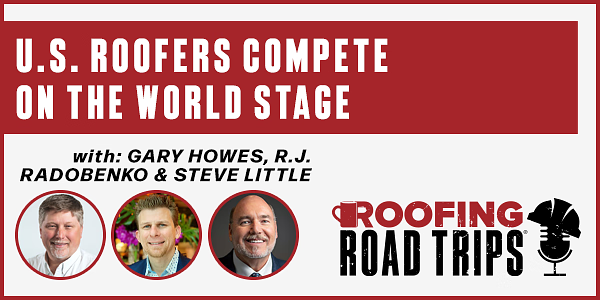
Gary Howes, R.J. Radobenko & Steve Little - U.S. Roofers Compete on the World Stage - PODCAST TRANSCRIPT
Read More ...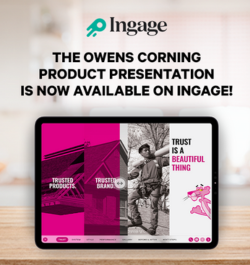



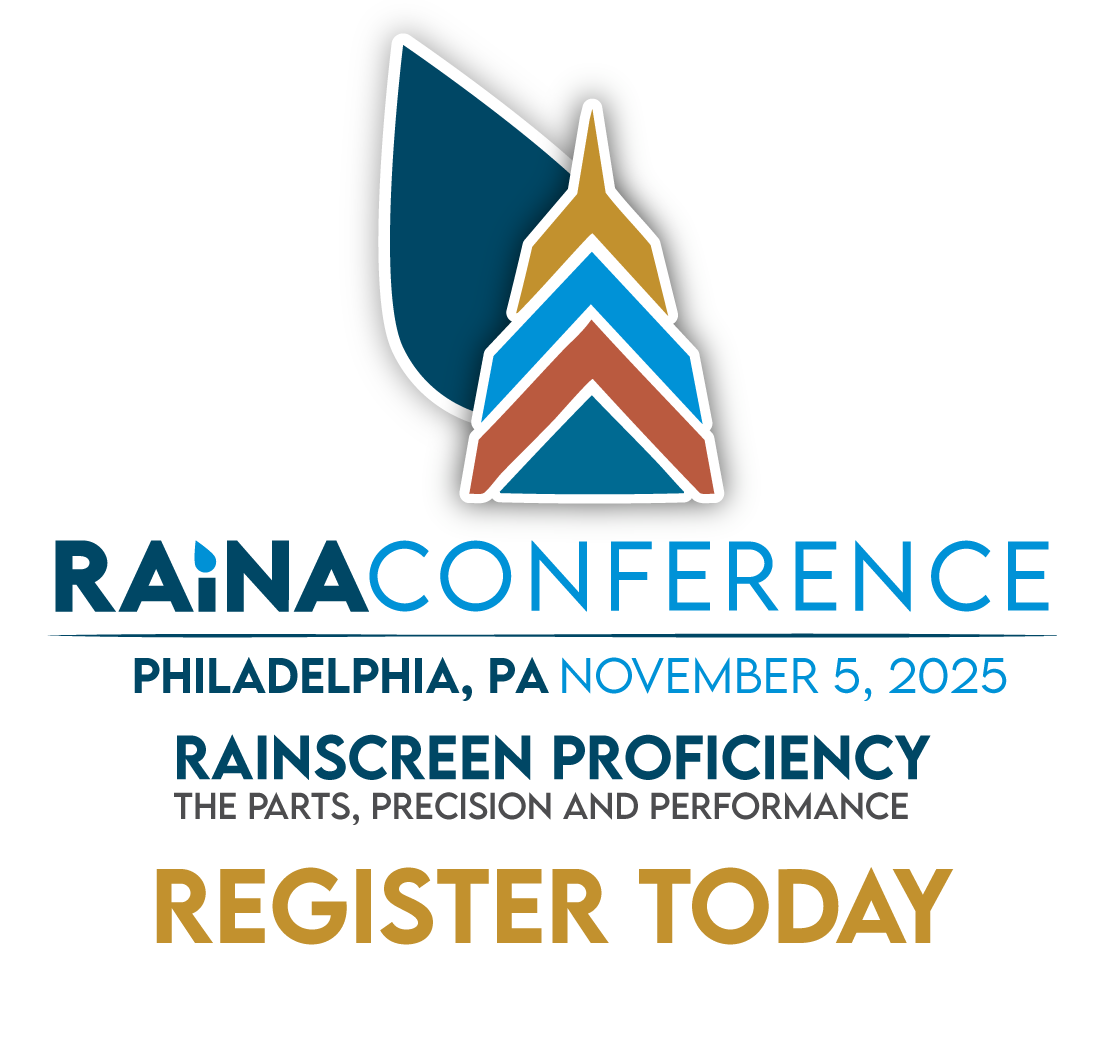
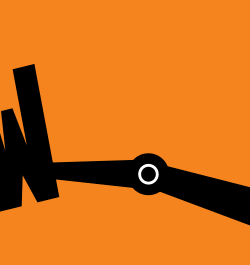


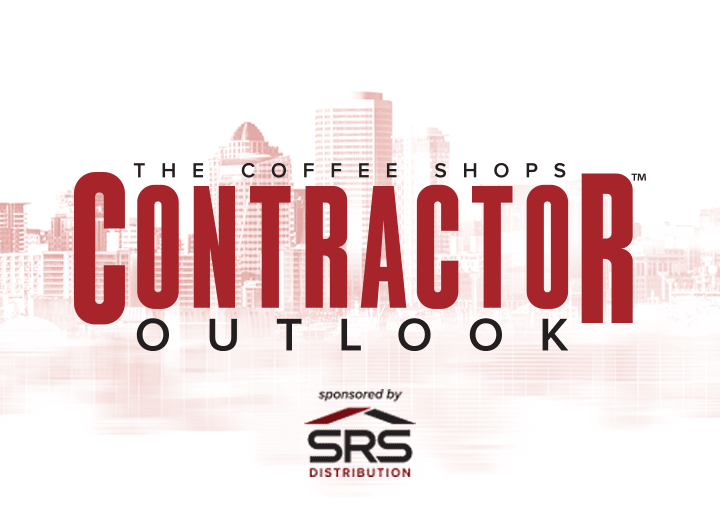

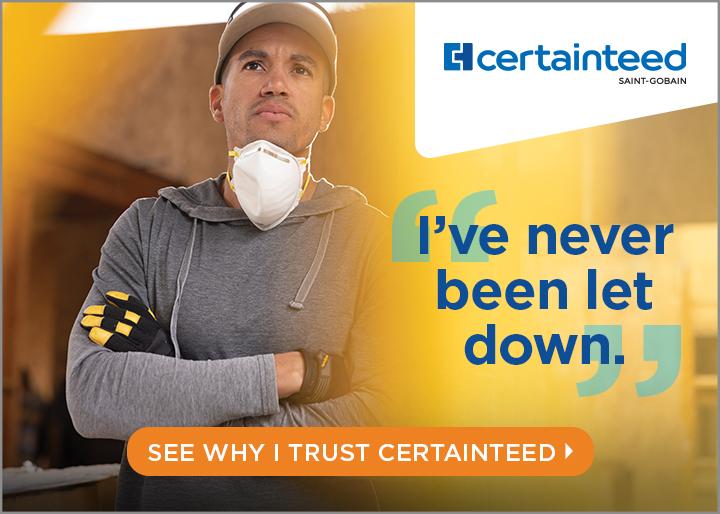
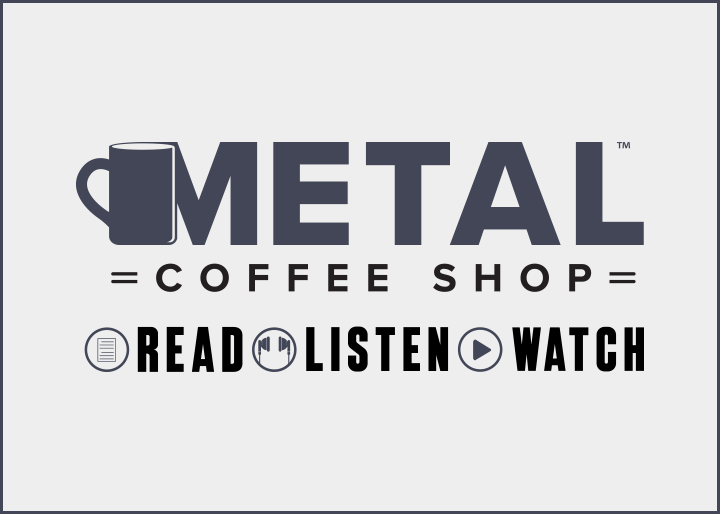

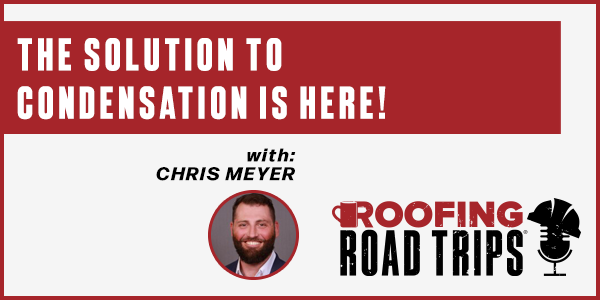






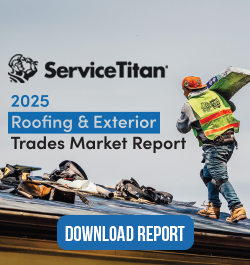
Comments
Leave a Reply
Have an account? Login to leave a comment!
Sign In